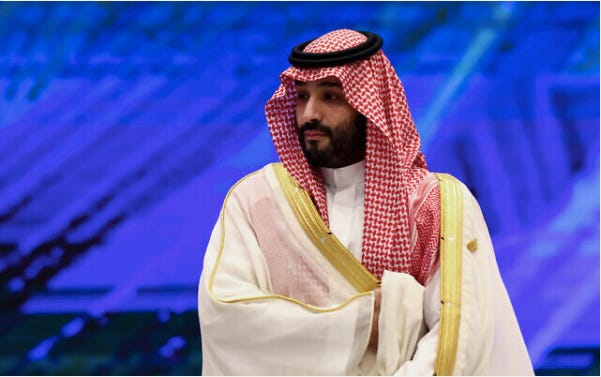The Middle East Geopolitical Landscape: A Proxy War Unfolding?
In a world obsessed with sanctions and economic blockades, we might be missing the point. It's not these overt tactics that truly shift the scales; rather, it's the subtle power of low oil prices.
The intricate web of relationships and rivalries in the Middle East has long been a topic of global intrigue. A surface-level observation reveals tensions between Israel and Hamas, but digging deeper, we may find the roots intertwined with other major players in the region.
A Historic Peace Deal on the Horizon?
Whispers are circulating about a potential groundbreaking peace agreement between Saudi Arabia and Israel. If these rumors had materialized, it would undeniably reshape the power dynamics of the region.
Iran’s Growing Influence:
Iran's oil production is on an upward trajectory, nearing a significant 3 million barrels daily. This increase boosts its financial prowess. There are theories suggesting that with this newfound strength, Iran might back Hamas to thwart any peace efforts between Saudi Arabia and Israel.
Past Proxy Confrontations:
This wouldn’t be the first indirect clash between Saudi Arabia and Iran. Their rivalries have been manifesting in various hotspots, from Yemen and Lebanon to Syria and Iraq.
The Global Oil Chessboard:
While specific data is not provided, it's understood that Saudi Arabia and Russia are at the forefront of oil exports. On the flip side, China, India, and Japan are the top importers. The strategic plays between these nations not only determine the flow of oil but have overarching implications for the global economy.
US’s Role in the Oil Game:
If the U.S. sustains its current production pace, by 2026, its export levels could rival those of the United Arab Emirates or Kuwait. The US is exporting 1.7 million barrels per day !
Trade Dynamics:
While China stands as a vital trade partner for Saudi Arabia, the peripheral nations around China in Eurasia - notably Japan, India, and Korea - hold even more significant strategic value.
Game Theory in Play:
Imagine a scenario where Saudi Arabia makes a bold move: flooding the market with oil and slashing prices to $60 per barrel. Such a strategy might pressure its competitors and potentially cement Saudi Arabia's dominance in the Eurasian market.
S&P Global Commodity Insights estimates Russia's fiscal breakeven oil price at $114/b in 2023, up from $64.47/b before its invasion of Ukraine, as the Kremlin's outgoings to fund the war add to its overall budget spending.
We are at a pivotal juncture in the Middle East’s geopolitical narrative. The choices made today could reshape regional alliances and conflicts for decades to come. As global observers, it’s crucial to see beyond the surface and understand the deeper dynamics at play.
Guillermo Valencia A
October 20th , 2023
Brazil








